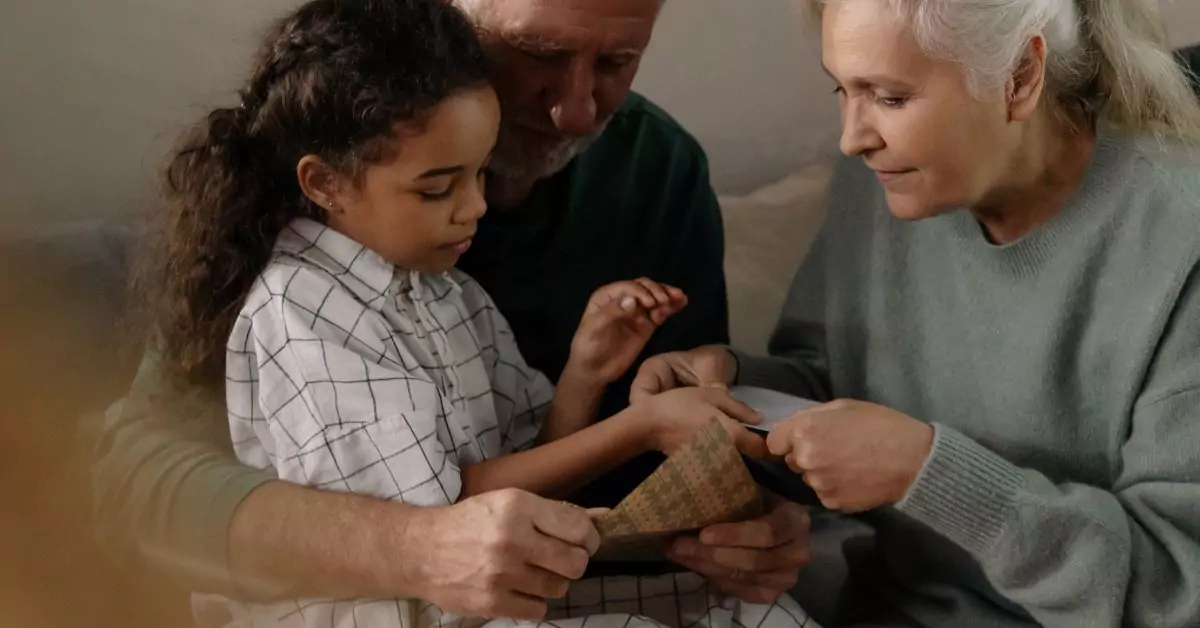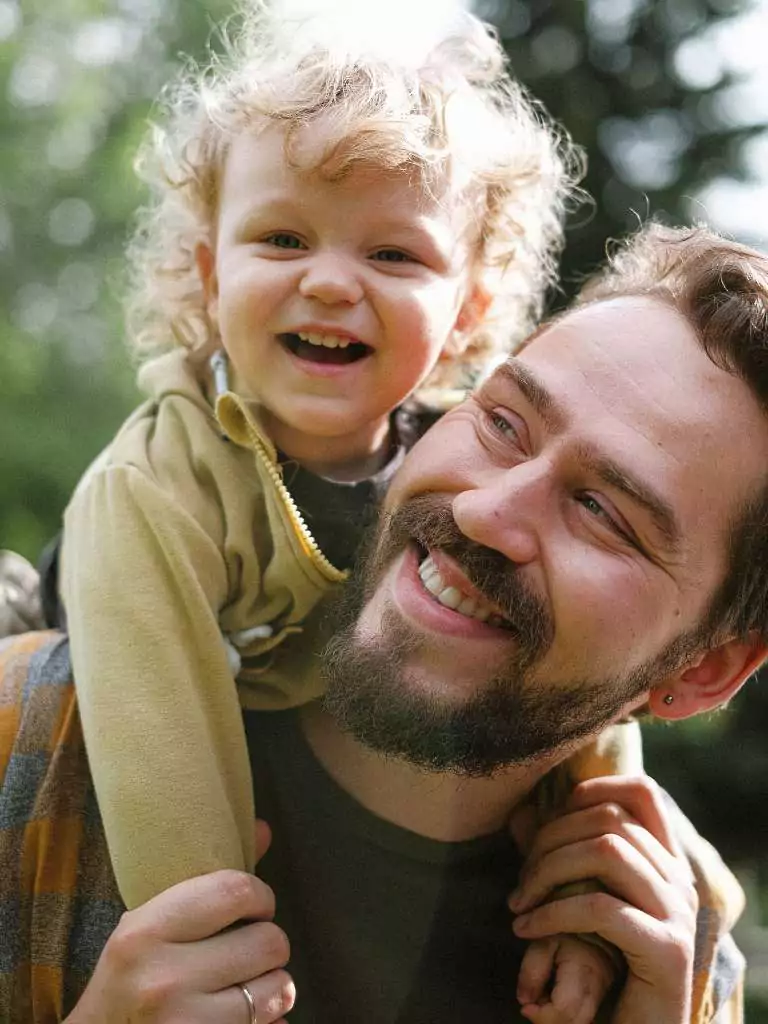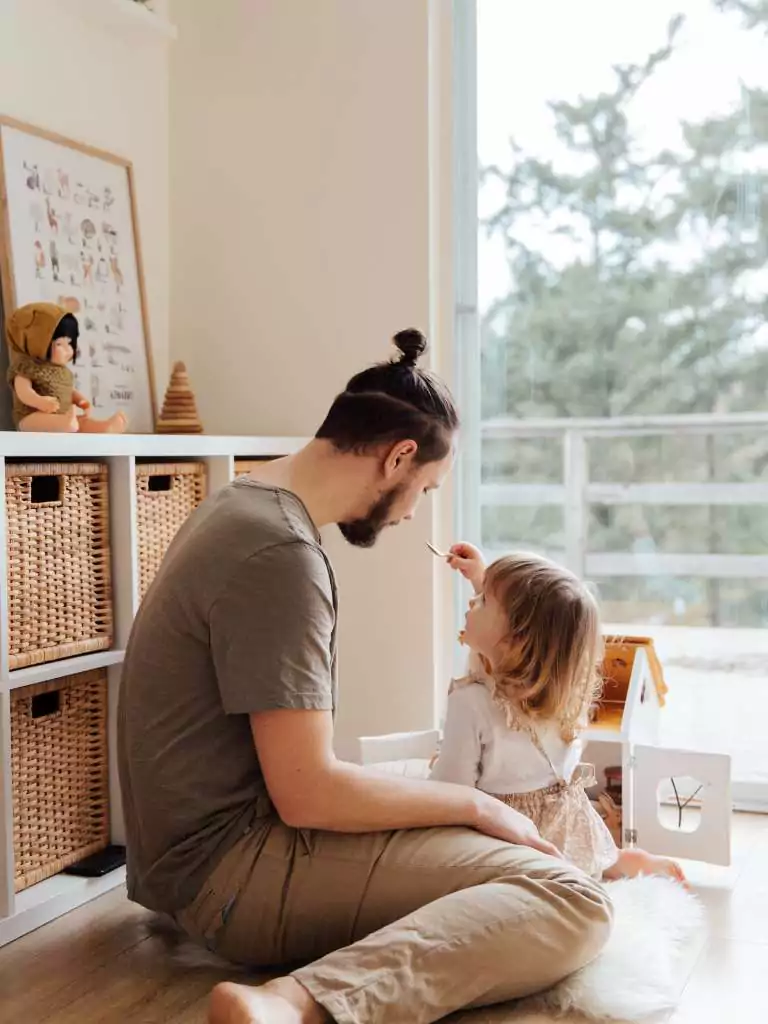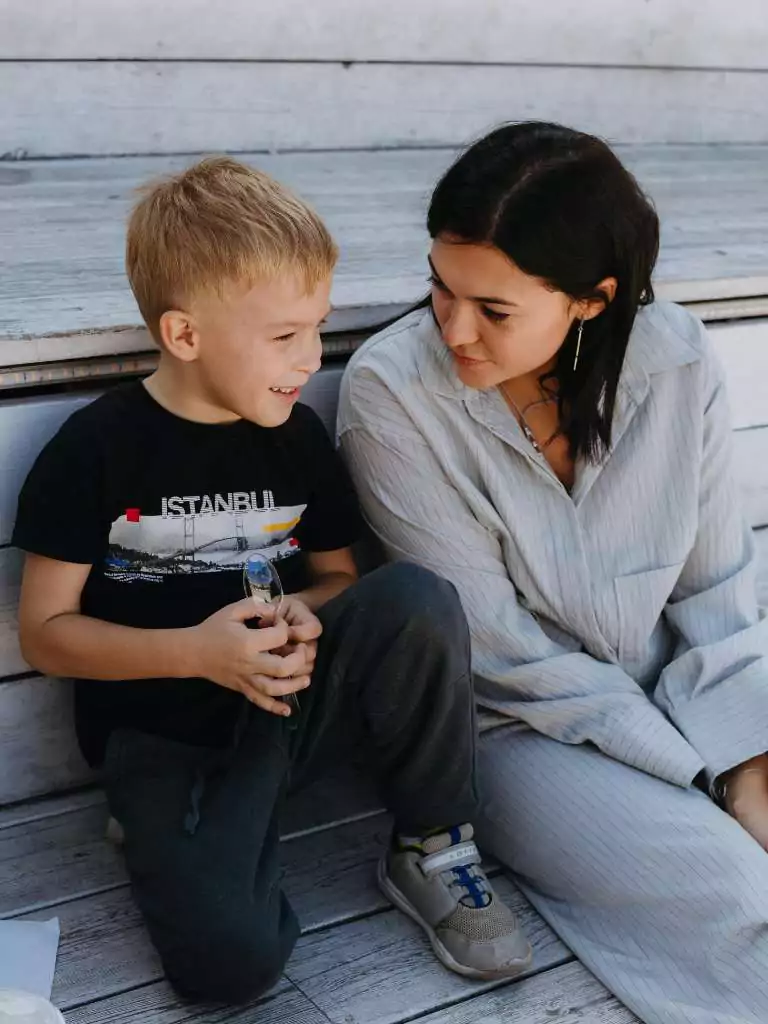Teaching toddlers anything beyond “don’t lick the floor” can feel like trying to train squirrels to salsa. But empathy? Oh boy, that one’s a ride.
Still, it’s one of the most important lessons we can gift them – right up there with potty training and learning not to stick crayons in the toaster.
You don’t need fancy Empathy Worksheets for Adults or a doctorate in Preconception Health to get started. Nope, just a regular old parent, like me, doing the best we can between tantrums, snack breaks, and our 57th rewatch of Bluey.
Be it guiding toddler behavior, teaching toddlers to share, or thinking ahead (hello, Teaching Empathy to Middle Schoolers), this guide has got your back.
So, how do we raise tiny humans who care about others? Let’s make it practical. Let’s make it fun. Let’s make it real.
1. Start With Naming Feelings Out Loud
Ever heard your kid scream, “I’M NOT ANGRY!” while turning beet red? Same. Kids feel big emotions but have tiny vocabularies.
So I started narrating feelings like a sports commentator: “Oh no, you look upset because your block tower fell! That must feel frustrating.”
This helps them learn emotional words and shows that feelings are normal. Bonus: it’s also how we start teaching babies empathy – long before they can spell “empathy.”
Narrating emotions becomes second nature, and before you know it, they’ll be doing it too.
2. Model Empathy Every Chance You Get
If I stub my toe and say, “Ugh, I’m in pain!” and my toddler offers me her stuffed giraffe, I know we’re on the right track.
Kids learn by copying us – our words, our reactions, even our eyerolls. So when we show empathy (like comforting a crying sibling or checking on Grandma), they soak it up like tiny emotional sponges.
Empathy starts at home, and yes, they’re watching everything.
3. Use Storytime as Your Secret Weapon
Books have magic. No really—they do. Especially when you use them to talk about how characters feel. “Why do you think the bear looks sad?” or “How would you feel if your cupcake got stolen?”
Stories open doors to big emotions in safe ways. Plus, this is an awesome tool even for teaching empathy to middle schoolers – they may not cuddle anymore, but they still love a good plot twist.
4. Praise Kindness Like It’s a Big Deal (Because It Is)
Catch them being kind and make a fuss: “Wow! You gave your friend a turn on the swing. That was so thoughtful!”
When we focus more on kindness than constant correction, we reinforce what we do want. Make it a habit. Suddenly they’ll want to be kind just to hear you gush again.
Yep, it works even on mini drama queens and snack bandits.
5. Play Pretend: The Empathy Game
Tea parties with stuffed animals? Dinosaur rescues? Every pretend game is a chance to explore feelings.
I once heard my daughter tell her teddy bear, “It’s okay to be scared of the doctor. I’m here with you.” That’s empathy in action, all learned from play.
Pretend play helps them practice being in someone else’s shoes – before they can even tie their own.
6. Get Sibling Squabbles to Work for You
Ah, sibling rivalry – the unofficial soundtrack of parenting. But every “He took my toy!” moment is actually a golden chance to teach empathy.
Ask questions like, “How do you think your brother felt when that happened?” Help them slow down and see the other side. You’re not just refereeing – you’re coaching future empathetic adults.
7. Use Real-Life Examples Everywhere
Someone fell at the park? Talk about it. A baby is crying in the store? Ask your child what they think the baby needs.
Empathy is a muscle that needs lots of reps. So the more we point out everyday emotions and respond thoughtfully, the more naturally our kids will start to do the same.
8. Let Them Help With Simple Acts of Care
Kids love being useful. Let them help set the table, feed the pet, or draw a “get well” card for a sick friend. These tiny tasks teach responsibility and compassion without a lecture in sight.
It’s “now and later” parenting – building character today, shaping empathy for tomorrow.
9. Validate Their Feelings, Even When They’re Bonkers
Sometimes the cereal being “too milky” can cause a full-blown emotional breakdown. Validate it anyway.
“I hear you. That wasn’t what you expected, and that’s upsetting.” You don’t have to agree, just acknowledge the feeling. It teaches them their emotions matter – and helps them care when others are feeling big things too.
10. Practice Mindful Moments Together
Mindfulness isn’t just for yoga retreats. It’s a simple way to pause, breathe, and check in with feelings.
We do this before bed: “What made you happy today? What made you sad?” Reflecting together helps kids connect feelings to actions—and it makes empathy feel natural, not forced.
11. Teach Apologies That Actually Mean Something
A mumbled “Sorry” while staring at the ceiling doesn’t cut it. Teach them to apologize with feeling: “I’m sorry I hit you. That wasn’t kind. Are you okay?”
Empathy means more than just saying sorry – it’s understanding that someone else is hurt and wanting to fix it. And yes, this one takes time. And repetition. So much repetition.
12. Share Your Own Feelings, Too
Sometimes I tell my kids, “I’m feeling overwhelmed because there’s so much noise.” Not to guilt-trip them, but to show I have emotions too.
When they see that grown-ups have feelings and handle them (mostly) without melting down, they learn emotional balance. It’s like free therapy. For both of us.
13. Create a “Kindness Jar” Challenge
Every time your kid does something kind – helps a sibling, comforts a friend, gives the last cookie—add a token to the jar. When it fills up, celebrate with a mini reward or activity.
This little visual cue keeps empathy fun and tangible. Plus, it gives you something to point to on those “nobody appreciates me” days.
Conclusion
Teaching empathy at home isn’t about being perfect. It’s about being present. It’s in the little things – how we talk, how we listen, how we treat people when no one’s watching.
And the good news? You’re already doing it. Every bedtime story, every “how do you feel?” conversation, every mess you clean up while modeling patience – it all counts.
So be it teaching babies the basics, helping toddlers navigate big feelings, or laying the groundwork for kind-hearted middle schoolers, just keep showing up.
Because when we raise kids who care, we’re not just parenting – we’re planting seeds that grow into a better world.













